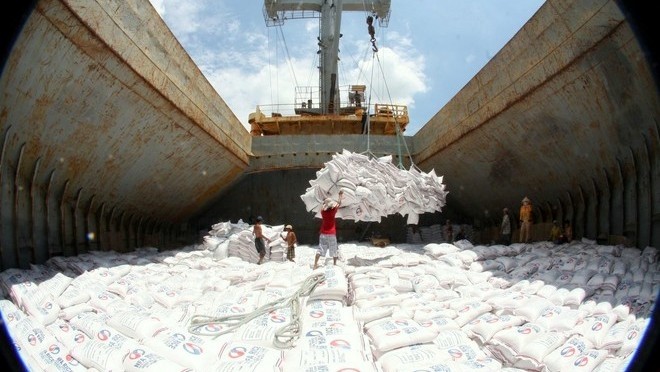According to the Vietnam Food Association (VFA), within the first weeks of October, prices in the domestic market for unprocessed 5% broken rice are at about VND6,450-VND6,550 per kg, while prices for unprocessed 25% broken rice range from VND6,300 -VND6,400 a kg, depending on the quality and locality it is sourced from.
Prices for processed 5% broken rice are about VND7,350-VND7,450/kg; 15% broken rice VND7,100-VND7,200 /kg; and 25% broken rice VND6,950-VND7,050 a kg.
Regarding the current situation of rice production, the Vietnam Industry and Trade Information Centre - Ministry of Industry and Trade cited data from the Department of Cultivation under the Ministry of Agriculture and Rural Development as saying that, as of October 6, localities in the Mekong Delta - the heart of the rice producing region in Vietnam - have harvested about 1.6 million ha of summer-autumn crop with an output of 9.04 million tonnes.
Localities have started cultivation on about 750,000ha out of 886.000ha of autumn-winter crop, while harvesting around 1 million tonnes of rice on 220.000ha of autumn-winter season with a capacity of about 5 tonnes per ha.
VFA is confident of the stable growth of Vietnam’s rice exports in the fourth quarter this year, as the country won a bid for 450,000 tonnes of rice to be exported to the Philippines and approximately 1 million tonnes to Indonesia.
However, the increase in export volume places pressure on domestic rice suppliers amidst the autumn-winter season coming to end, furthermore the rice inventory is only currently at around 1.5 million tonnes.
The association suggested rice suppliers and exporters to rebalance rice supply to serve for both exports and domestic consumption.
















